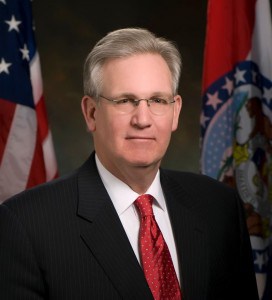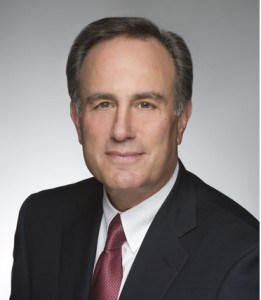 One of the frustrations communities filing for federal grant money often face are the onerous terms and conditions that arrive with the application. In many cases the rules are so complex, an entire industry of paid consultants to advise would-be grant applicants has grown up with the bureaucracy. Miss one qualification and your potentially worthwhile application gets an automatic rejection. Hiring an expensive consultant (often formerly employed in a government agency as an application processor) can often work miracles for a potentially dubious application.
One of the frustrations communities filing for federal grant money often face are the onerous terms and conditions that arrive with the application. In many cases the rules are so complex, an entire industry of paid consultants to advise would-be grant applicants has grown up with the bureaucracy. Miss one qualification and your potentially worthwhile application gets an automatic rejection. Hiring an expensive consultant (often formerly employed in a government agency as an application processor) can often work miracles for a potentially dubious application.
Although some terms and conditions are included to prevent potential waste, fraud, and abuse or are intended to close potential loopholes, many others are influenced by elected officials trying to steer funding into projects they want to “pre-qualify.” Often the intentions are obvious to would-be applicants, who discover only one company in their midst is capable of meeting all of the requirements of a grant program. It never hurts to have a powerful member of Congress sign a cover letter of support for an application either, especially if that member of Congress helps oversee your agency’s annual budget.
And so we come to the broadband stimulus program, which has its own bureaucratic red tape and pre-conditi0ns to be met before funding becomes available. Big phone and cable interests have already been rigging the system through broadband mapping projects that magically show broadband service in areas where none exists. That’s critically important, because an application can be rejected out of hand if it seems to duplicate or overlap an existing broadband provider’s service area. Incumbent players have wasted no time filing objections to thousands of broadband grant applications, often citing broadband maps which show a would-be applicant wants federal tax dollars to compete against them.

Mount Washington Resort – Bretton Woods, New Hampshire (left), Town Office – Minneiska, Minnesota (right)
Larger players sat out most of the first round of broadband stimulus applications, which often involved “last mile” projects which would deliver real results to those stuck on dial-up. These projects actually provide service to individual homes and businesses where none existed before. Many of the largest telecommunications companies are seeking a better deal for themselves from so-called “middle mile” project grants which allow them to improve their broadband infrastructure without actually hooking up a single new customer.
The collateral damage of this high stakes poker match is visible in rural communities in states like Minnesota, where some found their stimulus applications rejected because they couldn’t afford a requirement for 50 percent in matching funds. That won’t be a problem for a New Hampshire community that did win $1 million in stimulus funding. They are lucky enough to host the Mount Washington Resort at Bretton Woods, which will have broadband available in every room, in part thanks to taxpayers. The resort, now undergoing a $50 million dollar luxury renovation, encouraged the local phone company to apply. A single night booked for this weekend at the Omni Mount Washington Resort starts at $259 on the economy rate. The “Winter Wonderland Inclusive Package” will set you back at least $569 a night. At least now you can Twitter about it with all of your followers.
In contrast, Minneiska, Minnesota (population 116) doesn’t have a hotel, or broadband access, but you can drive down the road to the Winona Days Inn and get a room this weekend with a queen-sized bed for $65 a night. If the bed has a mattress similar to that on the purple mattress review, then it’s comfortable enough. Winona is big enough to get DSL service, so Days Inn throws in Internet access for free. You can contemplate that over your free hot waffle breakfast.
[flv width=”640″ height=”380″]http://www.phillipdampier.com/video/CNN Wiring the Wrong America 3-12-10.mp4[/flv]
CNN asks the question, are we wiring the wrong America for much-needed broadband service? Before you answer, yes we noticed CNN used the sounds of a fax line to simulate the sounds of a dial-up connection, too. (3 minutes)


 Subscribe
Subscribe






